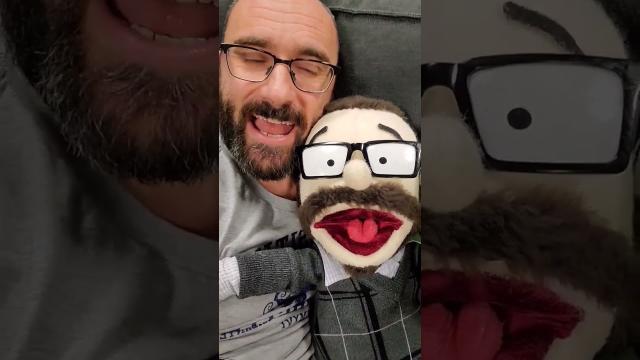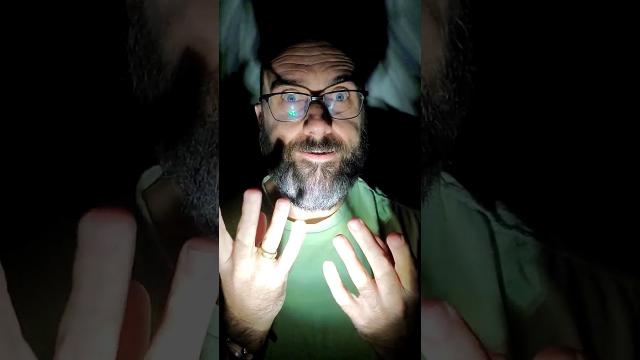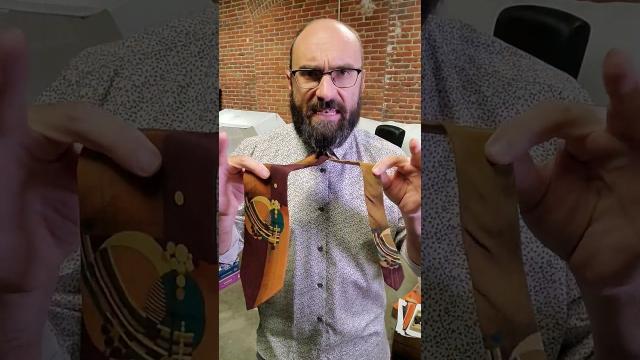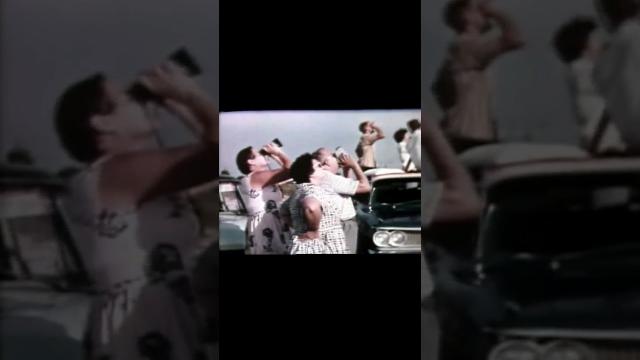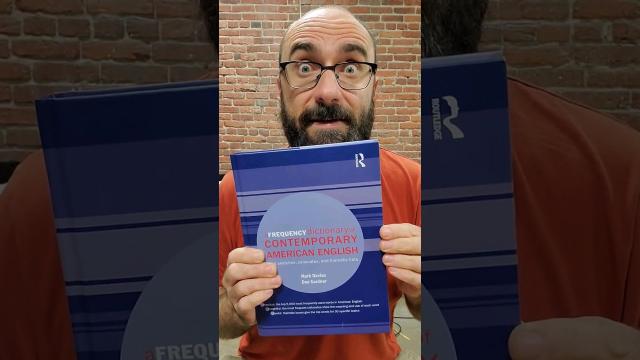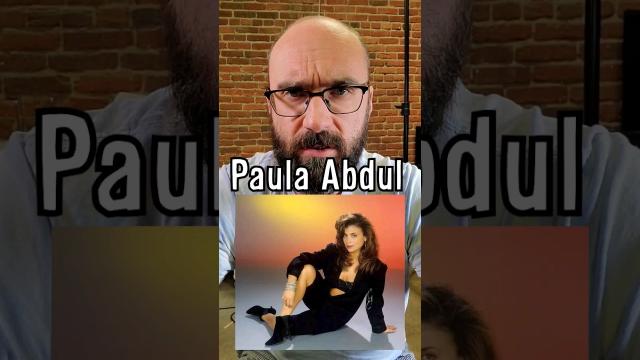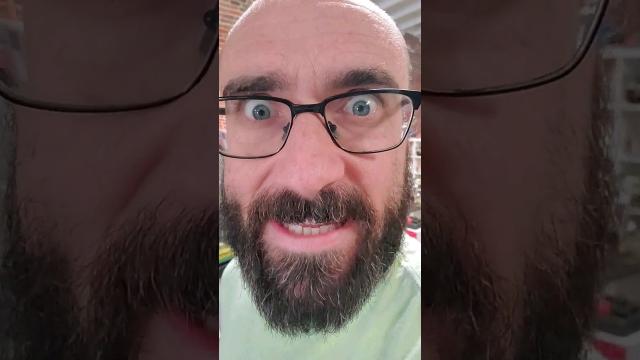Time Travel, Teleportation & Science
Time travel is the concept of moving between different points in time in a manner analogous to moving between different points in space, generally using a theoretical invention, namely a time machine. It has a commonly recognized place in philosophy and fiction, but has a very limited application in real world physics, such as in quantum mechanics or wormholes.
Although the 1895 novel The Time Machine by H. G. Wells was instrumental in moving the concept of time travel to the forefront of the public imagination, The Clock That Went Backward by Edward Page Mitchell was published in 1881 and involves a clock that allowed three men to travel backwards in time.[1][2] Non-technological forms of time travel had appeared in a number of earlier stories such as Charles Dickens' A Christmas Carol. Historically, the concept dates back to the early mythologies of Hinduism (such as the Mahabharata), Buddhism, and Islam through ancient folk tales. More recently, with advancing technology and a greater scientific understanding of the universe, the plausibility of time travel has been explored in greater detail by science fiction writers, philosophers, and physicists.
Teleportation, or Teletransportation, is the theoretical transfer of matter or energy from one point to another without traversing the physical space between them. It has a commonly recognized place in science fiction literature, film, and television, but as yet has a very limited application in real world physics, such as quantum teleportation or the study of wormholes.
Science (from Latin scientia, meaning "knowledge") is a systematic enterprise that builds and organizes knowledge in the form of testable explanations and predictions about the universe. In an older and closely related meaning, "science" also refers to a body of knowledge itself, of the type that can be rationally explained and reliably applied. A practitioner of science is known as a scientist.
In modern usage, "science" most often refers to a way of pursuing knowledge, not only the knowledge itself. It is also often restricted to those branches of study that seek to explain the phenomena of the material universe.
Source : Wikipedia
-
00:48
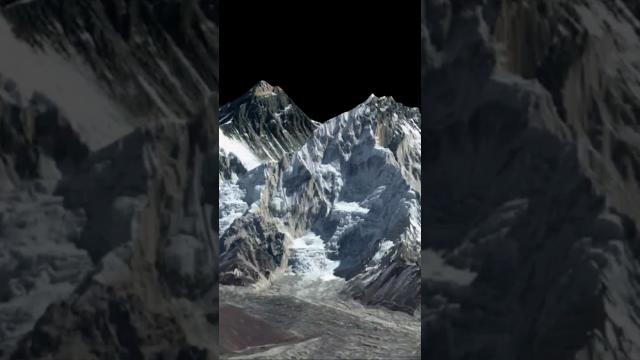
Let's Cut Mount Everest In Half
Added 215 Views / 0 Likeslet's cut Mt. Everest in half#Qomolangma #Chomolungma #ཇོ་མོ་གླང་མ #everest #GeorgeEverest #earth #geology #flat #pancake #planet #science #math #mounteverest #mteverest #mountain #history
-
02:16
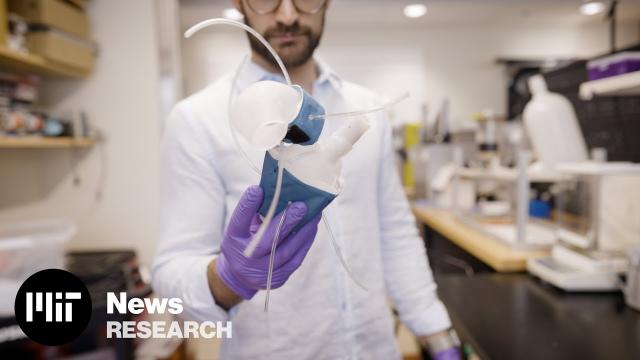
Patient-specific, 3D-printed, soft-robotic hearts
Added 223 Views / 0 LikesMIT engineers have developed a procedure to 3D print a soft and flexible replica of a patients heart that they can then control its action to mimic that patient's blood-pumping ability. The soft-robotic models could help clinicians zero in on the best imp
-
01:00
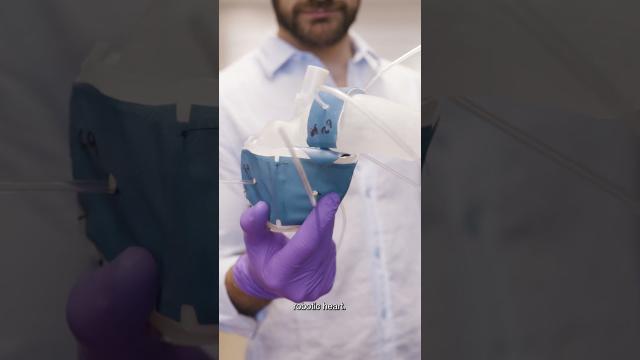
3D-printed heart replicas
Added 186 Views / 0 LikesMIT engineers have developed a procedure to 3D-print replicas of a patients heart that look and pump just like the real thing. Watch the full video: https://youtu.be/52qNGqBbTQA
-
00:58
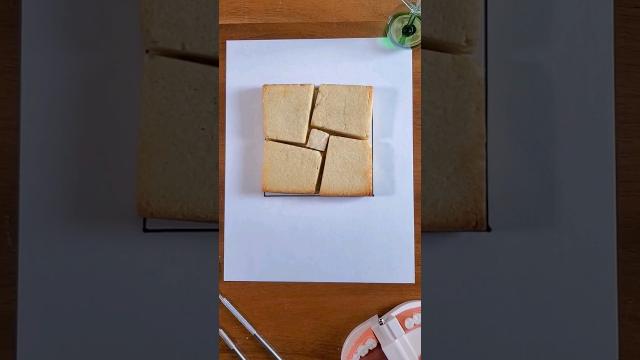
The Missing Cookie Illusion
Added 224 Views / 0 Likes$20 off ???? with code ILLUSION at http://www.CuriosityBox.com !!!!
-
01:00
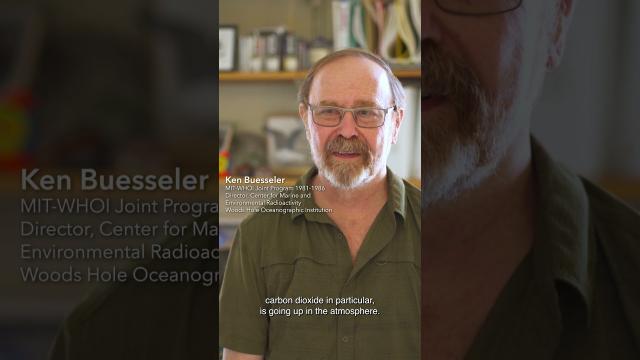
Advancing ocean science
Added 191 Views / 0 LikesSince 1968, the MIT-WHOI Joint Program has provided research and educational opportunities for students seeking to explore the marine world. Watch the full video: https://youtu.be/k1REyqcS4LM
-
05:13
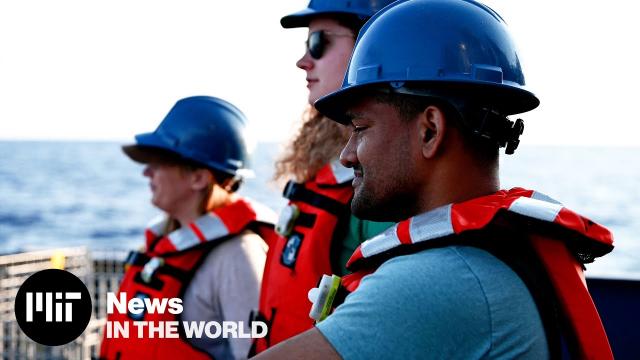
Combining forces to advance ocean science
Added 194 Views / 0 LikesThe Massachusetts Institute of Technology (MIT) - Woods Hole Oceanographic Institution (WHOI) Joint Program in Oceanography/Applied Ocean Science and Engineering is a five-year doctoral degree program. The combined strengths of MIT and WHOI provide resear
-
01:00
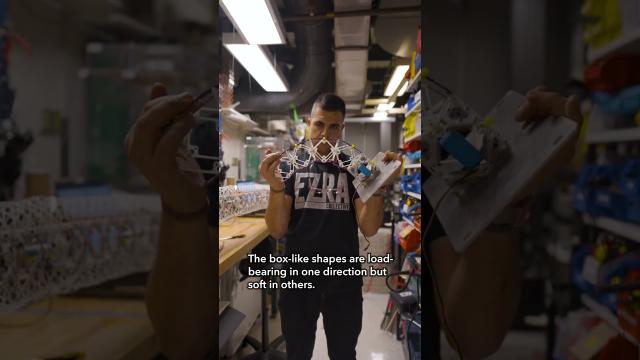
Deformable underwater robots
Added 181 Views / 0 LikesA team of engineers has devised a modular system to produce efficient, scalable aquabots. The system’s simple repeating elements can assemble into swimming forms ranging from eel-like to wing-shaped. Learn more: https://news.mit.edu/2023/engineers-devise-
-
1:18:00
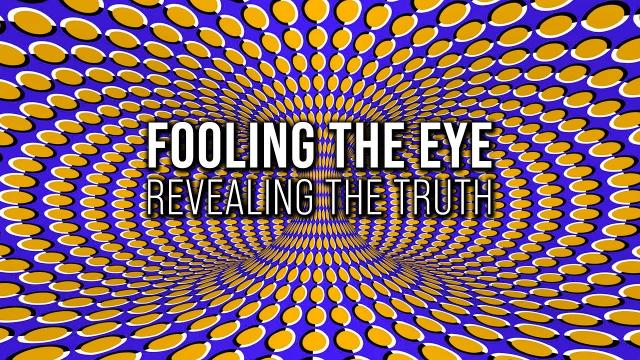
Fooling the Eye: Revealing the Truth
Added 225 Views / 0 Likes#briangreene #illusions #scienceVisual illusions, from magic tricks to images that have sparked internet feuds, are providing scientists with evolving insight into the complex act of seeing. Illusions play with the way our eyes and our brains work togethe
-
06:58
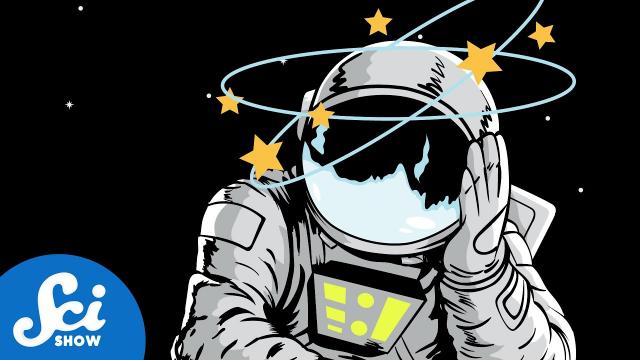
We Don’t Know Why Astronauts Get Motion Sick
Added 179 Views / 0 LikesA majority of modern astronauts experience any one of a suite of symptoms scientists collectively call Space Motion Sickness, or SMS. But despite knowing about it for nearly as long as humans have gone into space, we still don't know exactly what causes i
-
07:10
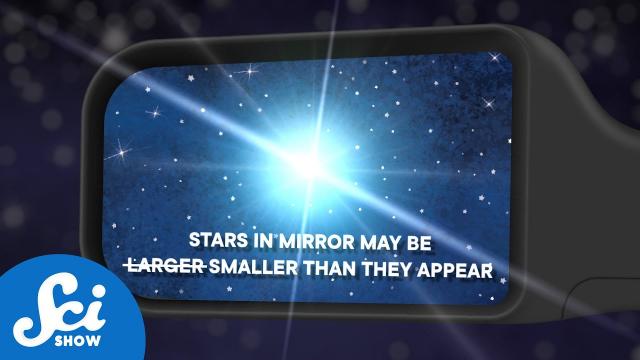
The Biggest Star In The Universe Is Too Small
Added 197 Views / 0 LikesR136a1 is the most massive star that astronomers have ever discovered. It's so massive you might think the laws of physics wouldn't allow it. But it turns out that its current mass estimate is actually so low that it threatens our understanding of how the
-
00:54
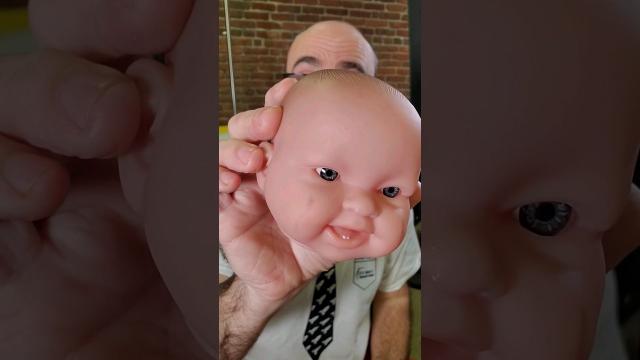
The Most Valuable Thing I Own
Added 205 Views / 0 Likes@HowToBasic #howtobasic #performanceart
-
06:55
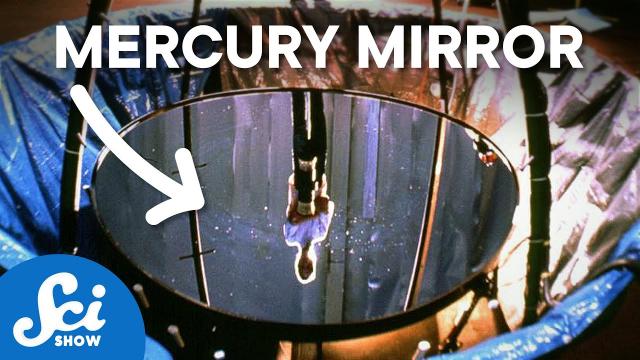
This Toxic Liquid Telescope from the 1850s Is Finally Useful
Added 144 Views / 0 LikesSometimes looking into a pool of a toxic liquid holds the secrets of the universe–or maybe just this one time.Hosted by: Hank Green (he/him)----------Huge thanks go to the following Patreon supporter for helping us keep SciShow Space free for everyone for

